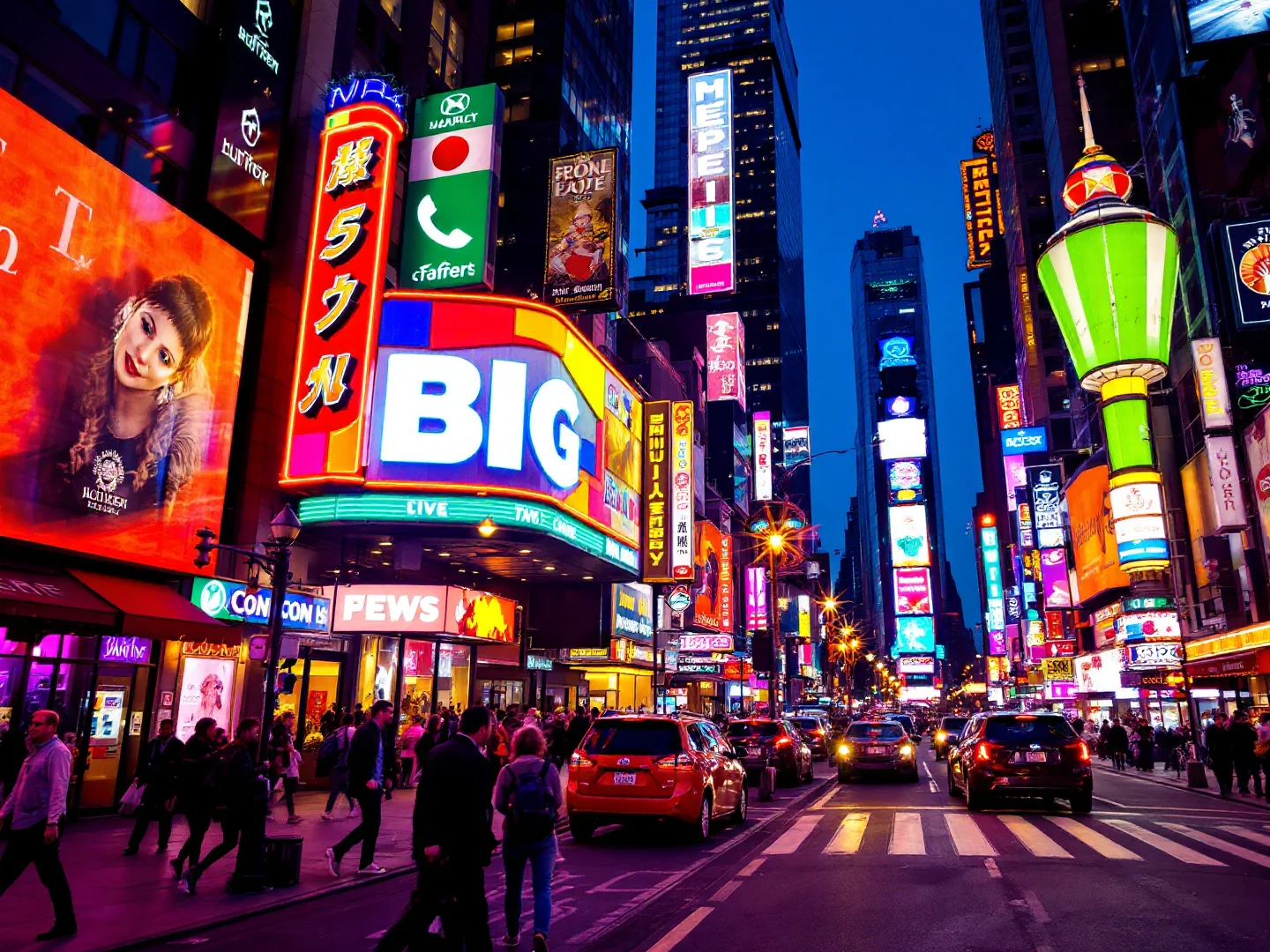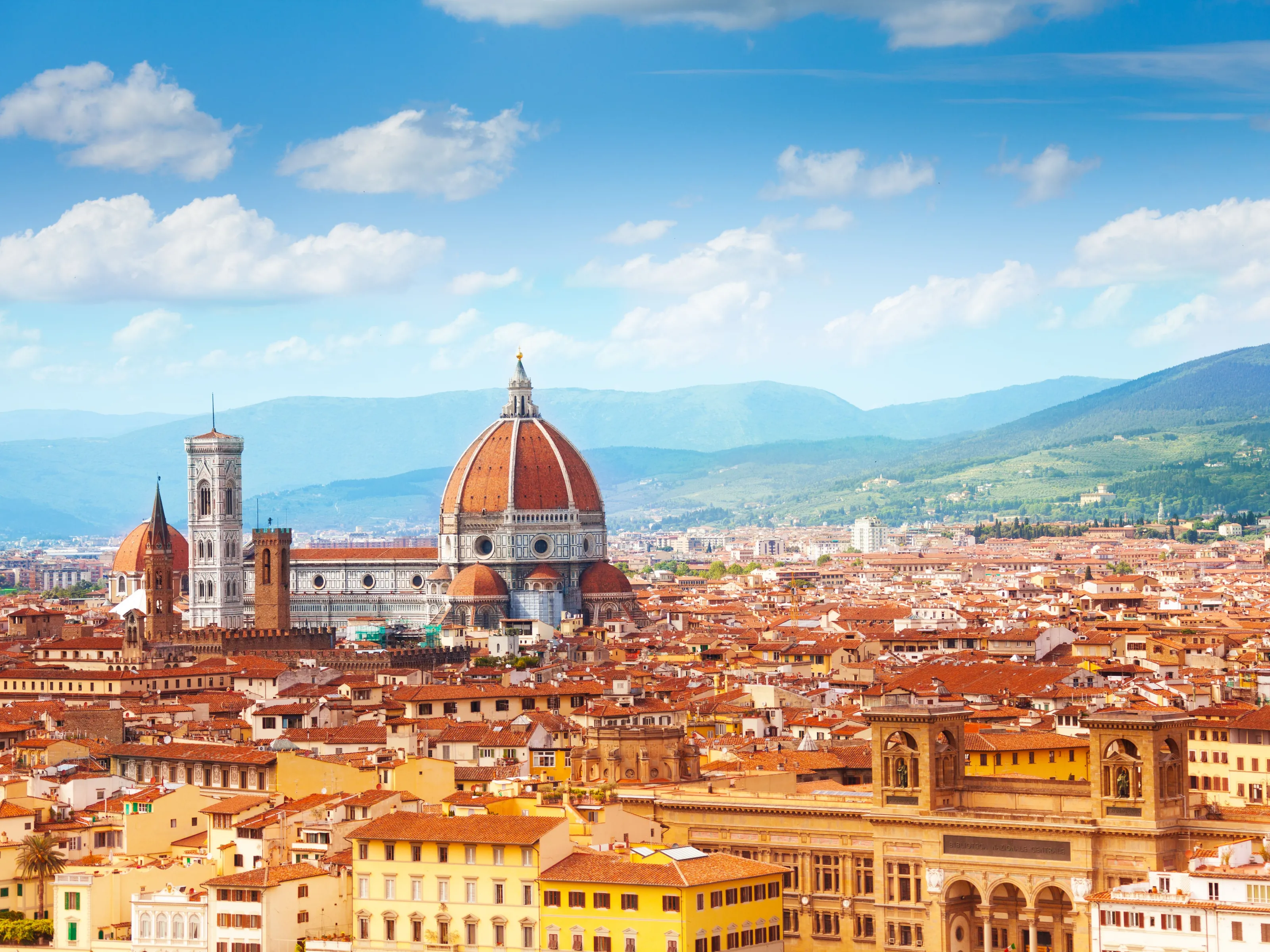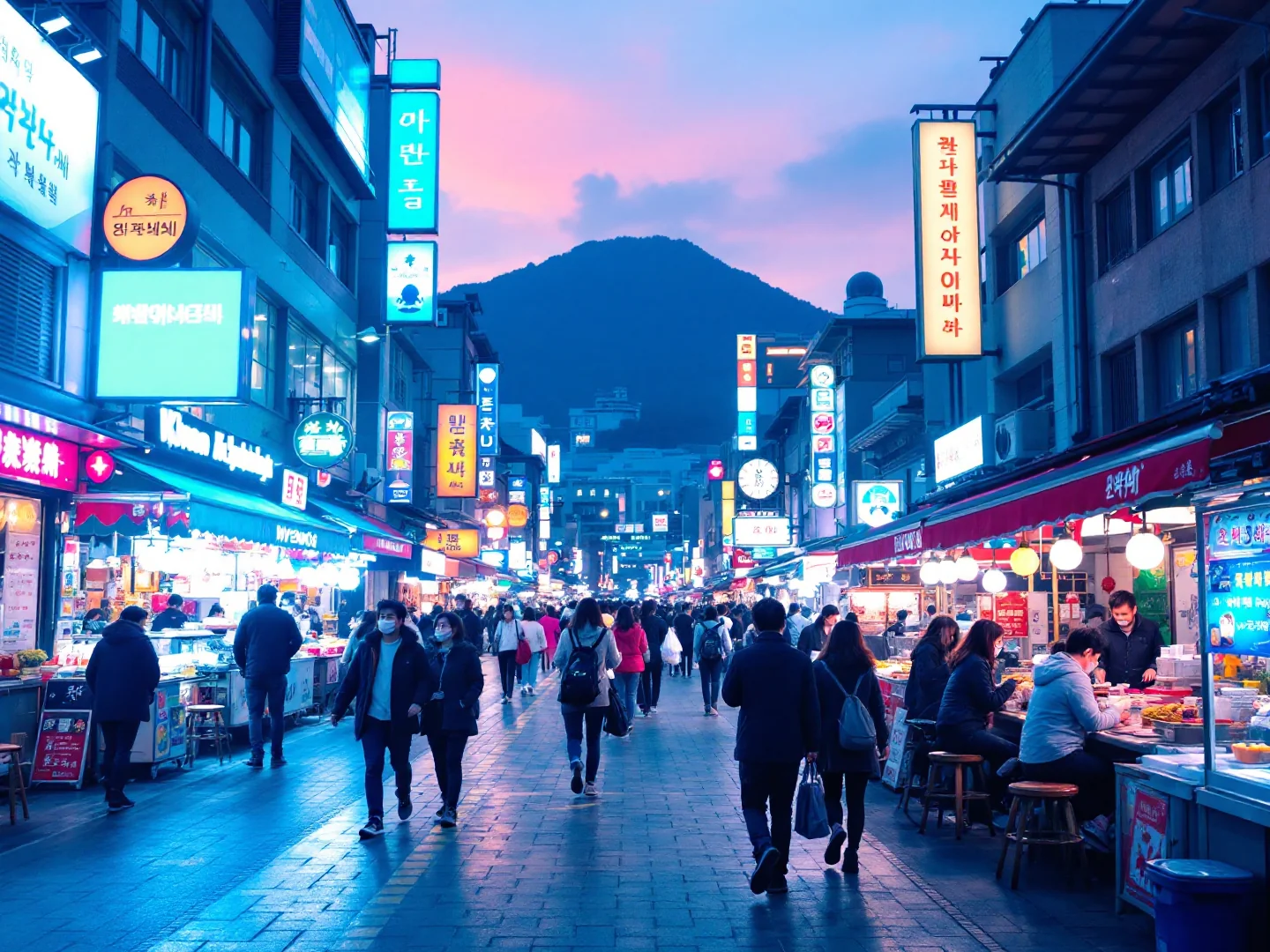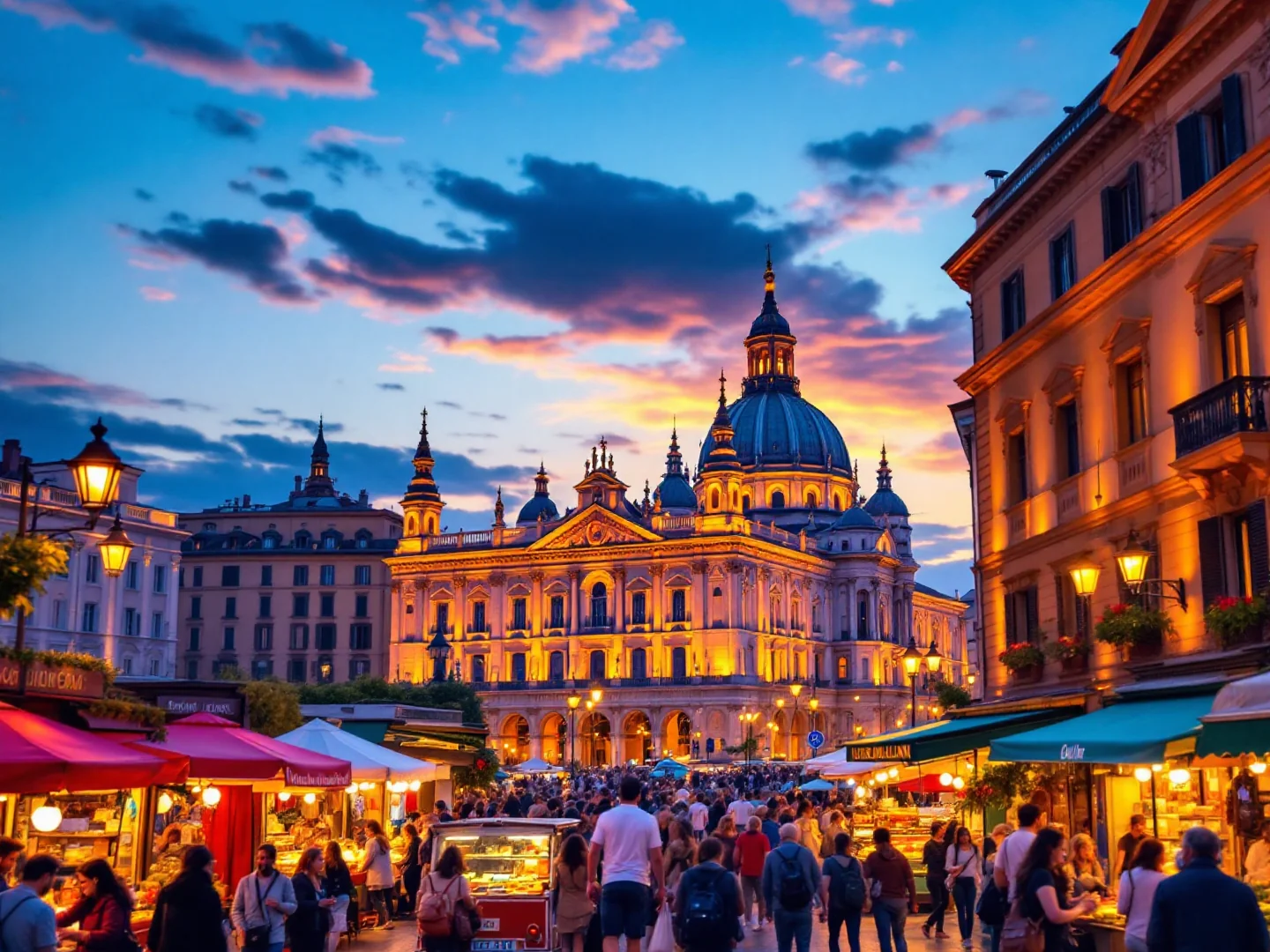Why Visit São Paulo?
São Paulo overwhelms as one of the world's largest urban regions—and the biggest city in the Americas by population (about 12 million in the city, 22 million in the metro)—where endless concrete jungle hosts world-class museums, graffiti-covered buildings transform into outdoor galleries, and the restaurant scene rivals global capitals—yet this relentless megacity rewards those who embrace its chaotic energy, diverse neighborhoods, and 24/7 pulse. Brazil's economic engine sprawls across hills with no defining landmarks—visitors come for culture, food, and nightlife, not pretty postcards. Avenida Paulista's wide boulevard commands the city: MASP art museum's suspended concrete building houses Rembrandts and Picassos, while Sunday pedestrianization fills 2.8km with joggers, cyclists, and protest marches.
Yet São Paulo's soul beats in its ethnic neighborhoods: Liberdade's Japanese community (largest outside Japan) hosts Sunday markets beneath torii gates selling takoyaki and mochi, while Korean BBQ joints sizzle on side streets. Bixiga preserves Italian heritage with cantinas serving pizza on Rua 13 de Maio, and Mercado Municipal's stained glass windows illuminate mortadella sandwiches the size of footballs (R$50/$10). The food scene defies categorization—Michelin-starred D.O.M.
reinvents Amazonian ingredients, Syrian/Lebanese communities on Rua 25 de Março sell kibbeh and esfiha, and rodízio churrascarias parade endless skewered meats. Ibirapuera Park's Niemeyer-designed pavilions host art exhibits and Sunday runners, while Vila Madalena's bohemian streets explode with bar-hopping crowds on Rua Aspicuelta. Museums impress: Pinacoteca's Brazilian art in neoclassical railway station, Museu do Futebol honoring soccer religion, and Instituto Moreira Salles' photography in modernist mansion.
Yet São Paulo challenges: traffic gridlock paralyzes streets, inequality divides favelas from Jardins mansions, and pollution hazes skylines. Day trips escape to Santos beaches (1 hour) or Campos do Jordão mountains (2.5 hours). With Portuguese language, urban grittiness, world-class food culture, and frenetic energy, São Paulo delivers Latin America's most intense megacity experience.
What to Do
Iconic São Paulo
Avenida Paulista & MASP
São Paulo's main boulevard with MASP art museum (~R$75 adults, discounts available; free on some Friday evenings) in iconic suspended concrete building. Rembrandt, Picasso, and Brazilian masters. Sundays pedestrianized (9am-6pm)—joggers, cyclists, street performers. Free cultural centers along avenue. Trianon Park oasis. Best area to base yourself—central, safe, metro access. Walk entire 2.8km length.
Mercado Municipal
1933 market with stunning stained glass windows. Famous mortadella sandwich (R$50/$10)—football-sized, ridiculously decadent. Fresh tropical fruits, spices, and dried goods. Upstairs restaurants serve cod cakes. Go morning for freshest produce. Crowded on weekends. Watch belongings. Metro São Bento then 10-min walk. Essential São Paulo experience despite tourist pricing.
Neighborhoods & Culture
Liberdade Japanese District
Anchors the largest Japanese community outside Japan, with torii gates and lanterns. Sunday street market (9am-6pm) sells takoyaki, mochi, and Japanese goods. Korean BBQ on side streets. Buddhist temples. Authentic ramen shops and izakayas. Metro Liberdade. Go Sunday for market atmosphere. Lunch at Japanese restaurants (R$40–$80). Safe, family-friendly.
Ibirapuera Park
São Paulo's Central Park with Oscar Niemeyer-designed pavilions. Free art museums (Afro-Brazilian, Contemporary Art). Sunday runners, cyclists, and picnickers. Lake, walking paths, and cultural events. Museums of Modern Art nearby (R$20/$4). Allow half day. Metro Vila Mariana then walk or Uber. Escape urban chaos—green oasis in concrete jungle.
Vila Madalena Street Art & Nightlife
Bohemian neighborhood with colorful street art—Beco do Batman alley covered in murals (free, constantly changing). Bars and live music on Rua Aspicuelta. Young, artsy crowd. Gallery crawls on Saturdays. Rooftop bars. Go evening for bar hopping. Uber between spots after dark (safety). Expensive but vibrant. Sunday brunch scene. Metro Vila Madalena.
Gallery
Travel Information
Getting There
- Airports: GRU, CGH
Best Time to Visit
April, May, September, October
Climate: Moderate
Weather by Month
| Month | High | Low | Rainy days | Condition |
|---|---|---|---|---|
| January | 27°C | 18°C | 23 | Wet |
| February | 25°C | 18°C | 22 | Wet |
| March | 25°C | 17°C | 10 | Good |
| April | 25°C | 15°C | 2 | Excellent (best) |
| May | 22°C | 12°C | 5 | Excellent (best) |
| June | 23°C | 14°C | 7 | Good |
| July | 23°C | 13°C | 3 | Good |
| August | 22°C | 12°C | 7 | Good |
| September | 27°C | 16°C | 4 | Excellent (best) |
| October | 27°C | 16°C | 11 | Excellent (best) |
| November | 25°C | 15°C | 14 | Wet |
| December | 27°C | 18°C | 27 | Wet |
Weather data: Open-Meteo Archive (2020-2024) • Open-Meteo.com (CC BY 4.0) • Historical avg. 2020–2024
Budget
Excludes flights
Visa Requirements
Visa-free for EU citizens
💡 🌍 Traveler Tip (November 2025): Best time to visit: April, May, September, October.
Practical Information
Getting There
São Paulo/Guarulhos International Airport (GRU) is 25km northeast. Airport Bus Service executive buses to Paulista cost around R$40–$50 (about 1 hour, traffic dependent). CPTM train + Metro R$5 (1.5 hours, complex). Uber R$80–$150 Taxis more expensive. Congonhas Airport (CGH) for domestic, closer. São Paulo is Brazil's hub—flights everywhere.
Getting Around
Metro excellent—6 lines, clean, safe, with tickets around R$5 per ride. Operates 4:40am-midnight. CPTM trains reach suburbs. At night, avoid walking in quiet areas or using buses; stick to Uber and registered taxis (R$15–$40 typical rides), and keep your phone and valuables out of sight. Traffic horrendous—2hr commutes normal, helicopter taxis exist for wealthy. Walking works in neighborhoods during day. Don't rent cars—traffic nightmare.
Money & Payments
Brazilian Real (R$, BRL). Exchange rates change—check a live converter (Wise, XE, your bank) for current BRL↔EUR/USD rates. Cards accepted widely. ATMs everywhere—withdraw at bank ATMs (safer). Tipping: 10% service charge usually included in restaurants, round up for taxis. Prices lower than Rio but still Brazil-expensive.
Language
Portuguese is official (not Spanish—Brazilians appreciate the distinction). English very limited outside upscale hotels—learn basic Portuguese essential. Paulistanos speak fast. Translation apps critical. Pointing works. Diverse city but communication challenging.
Cultural Tips
Safety paramount: NO jewelry, phones in pockets, bags secure, Uber after dark always. Paulistanos work hard—city never sleeps. Lunch 12-2pm, dinner 8-11pm. Feijoada (black bean stew) traditional Saturday lunch. Football religion—Corinthians, São Paulo, Palmeiras, Santos rivalries intense. Traffic: allow extra time always. Kissing greeting (two cheeks). Dress well—Paulistanos fashion-conscious. Museums close Mondays. Metro safe but watch belongings. Crime paranoia real—follow local advice.
Perfect 3-Day São Paulo Itinerary
Day 1: Paulista & Museums
Day 2: Neighborhoods & Art
Day 3: Culture & Food
Where to Stay in São Paulo
Avenida Paulista & Jardins
Best for: Business center, MASP, hotels, upscale shopping, restaurants, safest, tourist base
Vila Madalena
Best for: Bohemian bars, street art, nightlife, Beco do Batman, young crowd, creative, graffiti
Liberdade
Best for: Japanese community, Asian food, Sunday market, torii gates, cultural, unique to Americas
Pinheiros
Best for: Residential, restaurants, nightlife, Mercado de Pinheiros, local feel, safer, middle-class
Frequently Asked Questions
Do I need a visa to visit São Paulo?
What is the best time to visit São Paulo?
How much does a trip to São Paulo cost per day?
Is São Paulo safe for tourists?
What are the must-see attractions in São Paulo?
Popular Activities
Top-rated tours and experiences in São Paulo
Ready to Visit São Paulo?
Book your flights, accommodation, and activities






